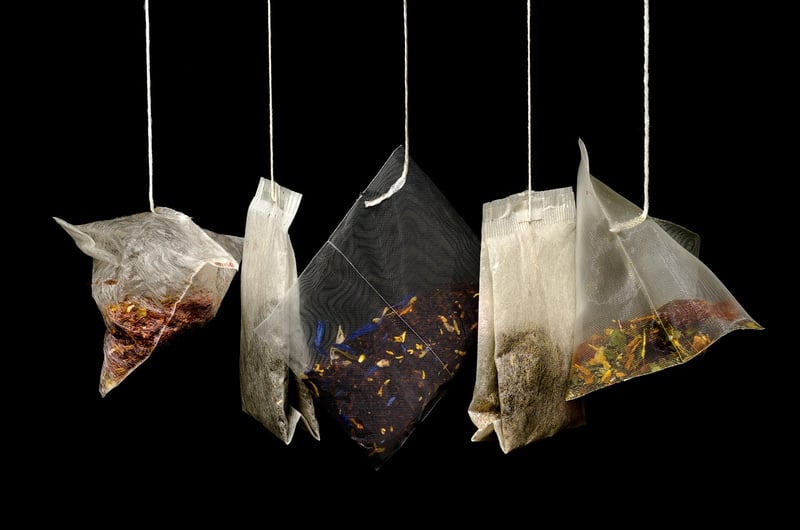Growing Techniques
Cultivating Herbs at Home: Growing Techniques
Welcome to the world of home herb cultivation! Growing herbs at home can be a rewarding and fulfilling experience, not to mention the convenience of having fresh herbs at your fingertips for cooking, herbal remedies, or simply to enjoy their fragrances. In this guide, we will explore some essential techniques to help you successfully grow herbs in your own space.
1. Choosing the Right Herbs
Before you start your herb garden, consider the herbs you use most frequently in your cooking or those with medicinal properties you'd like to have on hand. Popular choices for beginners include basil, mint, parsley, chives, and rosemary.
2. Providing Adequate Light
Most herbs thrive in at least 6-8 hours of sunlight per day. Choose a sunny spot near a window or balcony where your herbs can receive sufficient natural light. If natural light is limited, consider using grow lights to supplement.
3. Selecting the Right Containers
Herbs can be grown in pots, containers, or even window boxes. Ensure your containers have drainage holes to prevent waterlogging, which can lead to root rot. Terracotta or ceramic pots are excellent choices as they provide good airflow to the roots.
4. Watering Wisely
Overwatering is a common mistake when growing herbs. Allow the top inch of the soil to dry out between waterings. Use a watering can with a narrow spout to water the soil directly, avoiding wetting the leaves which can lead to diseases.
5. Feeding Your Herbs
Herbs are relatively low-maintenance plants but benefit from occasional feeding. Use a balanced liquid fertilizer diluted to half strength every 2-4 weeks during the growing season to promote healthy growth.
6. Harvesting and Pruning
Regular harvesting encourages bushier growth and prolongs the life of your herbs. Use sharp scissors to trim leaves or stems as needed, and pinch off flowers to redirect the plant's energy into leaf production.
7. Dealing with Pests and Diseases
Keep an eye out for common herb pests like aphids, spider mites, or powdery mildew. Consider using natural remedies like insecticidal soap or neem oil to combat pests, and ensure good air circulation to prevent fungal diseases.
8. Enjoying Your Homegrown Herbs
Once your herbs are thriving, don't forget to enjoy them! Whether you add fresh basil to your pasta, brew a cup of mint tea, or create a homemade herb-infused oil, savor the flavors and aromas of your homegrown herbs.

With these essential growing techniques, you are well on your way to cultivating a successful herb garden at home. Embrace the joys of nurturing plants, experimenting with flavors, and reaping the rewards of your efforts. Happy herb gardening!
References: Royal Horticultural Society - Growing Herbs
